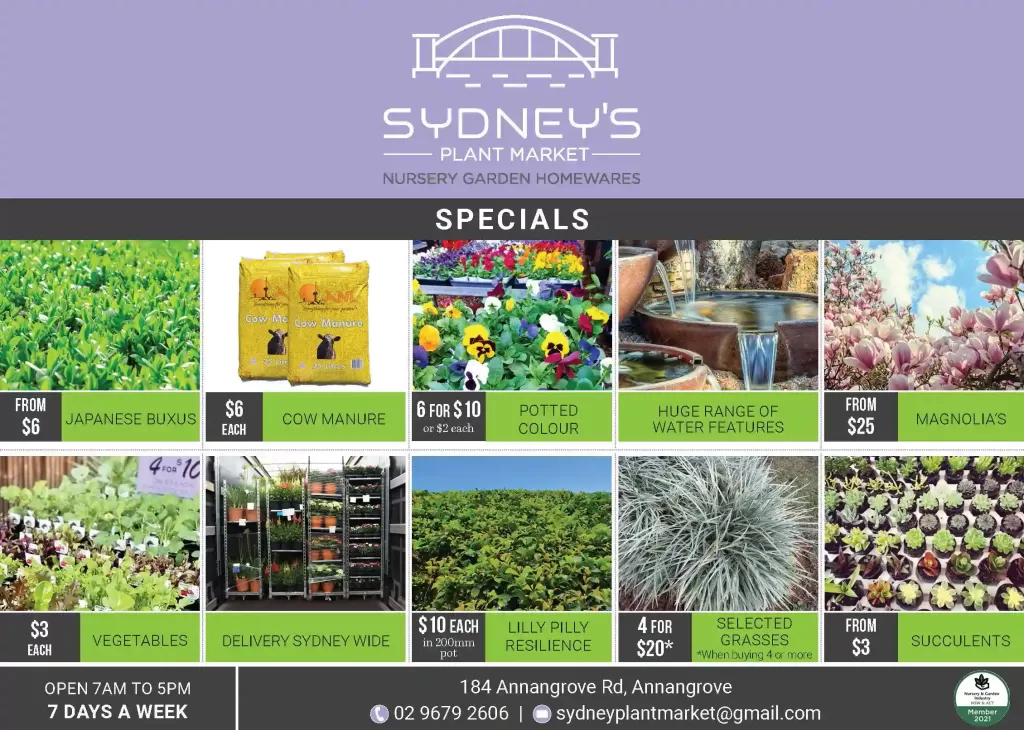With the summer months approaching it’s nice to add a splash of long-lasting colour to the garden. Planting a hydrangea is a great choice, as they have stood the test of time for being easy to grow and care for.
They flower profusely given the correct position, and also make fantastic garden borders or spot fillers.
Hydrangeas also provide a striking cut flower for several months of the year.
Whether you like shades of pink, reds, lavenders, blues or whites there is bound to be a hydrangea to suit you.
The most recognised species are the mophead types which have large round flowers in clusters or the lace caps which have long, flat open blooms with small bud-like flowers in the centre.
When you take your hydrangea home, find a location in the garden which is in a semi-shaded position and avoid the afternoon sun.
They prefer moist conditions and a bit of protection from strong winds which may burn their leaves and flowers.
Plant in well-drained soil with some added compost and if planting in a pot, use a premium potting mix.
Water in well and give the plant a deep watering twice a week and more often in warmer weather.
The addition of some slow-release fertiliser will keep your hydrangea flowering and a supplement of liquid fertiliser a few times during the growing season will ensure your hydrangea performs at its best. Add mulch such as cow manure or sugar cane to protect their shallow root system from drying out.
When it comes to colour, blue flowering hydrangeas require acid soil.
To maintain the blue colour it is recommended to use a good quality blueing tonic which not only acidifies the soil but is also rich in nitrogen and potassium for healthy green leaf growth and beautiful flowers.
Pink varieties require alkaline soil so a supplement of lime will achieve this. As far as white hydrangeas are concerned, they are not affected by the soil ph and will usually remain white.
Why not come down to the nursery and check out our huge array of hydrangeas. There are far too many to mention and we will be happy to help you when selecting your plant. See you soon at Sydney’s Plant Market. www.sydneyplantmarket.com.au





